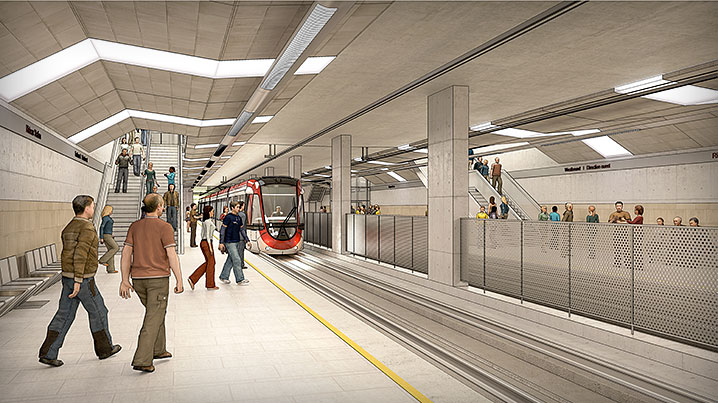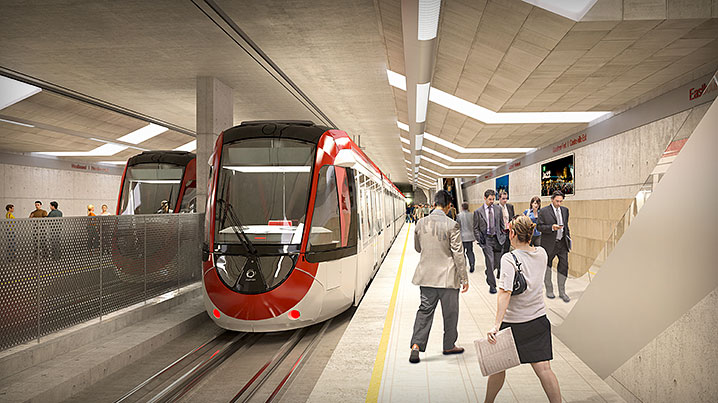steveintoronto
Superstar
And the clearance between street furniture on King, and parked cars (many of which are not fully to the curb) make for an incredibly dangerous tight-rope for cyclists with absolutely no margin for the unexpected, like a rut in the road or a pothole or hitting the yellow 'safety' strip at streetcar stops which are extremely slippery when wet.But with juggernauts like these there's only so much that can be done.
I'm a seasoned and internationally experienced cyclist riding a tamed racing machine (from Argos Racing in the UK) with incredibly responsive steering and balance, and there's just no freakin' way I'll take a chance trying to ride the tightrope...and yet you see many cyclists doing it. I like to stay alive in one piece.
On the upside, thank God most of those cyclists aren't driving. The accident rate would skyrocket...At least on a bike most of them just injure themselves.









